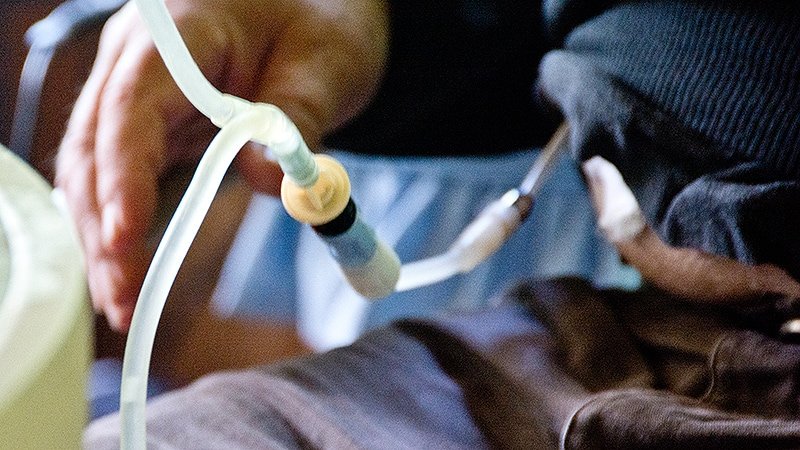The study covered in this summary was published on Research Square as a preprint and has not yet been peer reviewed.
Key Takeaways
-
Patients undergoing continuous ambulatory peritoneal dialysis had a nearly doubled risk for developing peritonitis if they had both diabetes and a low level of high-density lipoprotein cholesterol (HDL-C), the so-called “good” cholesterol.
-
Neither diabetes nor low HDL-C alone was significantly linked with an increased rate of peritoneal dialysis-related peritonitis in patients treated with continuous ambulatory peritoneal dialysis.
Why This Matters
-
The findings show the importance of maintaining normal HDL-C levels in patients with diabetes who receive peritoneal dialysis to avoid developing peritonitis.
Study Design
-
Retrospective, observational study of 1013 adults treated with continuous ambulatory peritoneal dialysis at any of four peritoneal dialysis centers located in three provinces in China in 2003-2020.
-
Peritoneal dialysis used a standard glucose solution. The analysis excluded patients on dialysis for less than 3 months or who had no lipid testing.
-
Patients routinely returned to their dialysis center every 3 months to undergo testing. Patients who missed their appointments had telephone interviews. Follow-up continued until September 1, 2020 for patients who did not develop peritonitis, or until they died or discontinued peritoneal dialysis.
-
Clinicians diagnosed peritoneal dialysis-related peritonitis according to 2017 guidelines by the International Society for Peritoneal Dialysis. Low HDL-C was defined as less than 1.0 mmol/L (39 mg/dL).
Key Results
-
Nearly half of participants had no comorbidities at baseline, about 38% had low HDL-C, about 8% had diabetes, and about 7% had both comorbidities.
-
During a median follow-up of 32 months, 30% developed peritoneal dialysis-related peritonitis.
-
After adjusting for sex, age, body mass index, current smoking status, pre-existing cardiovascular disease, pre-existing stroke, statin use, and laboratory tests, people with both diabetes and low HDL-C had a significant 93% higher rate of peritonitis compared with those without either comorbidity.
-
People with diabetes or low HDL-C only did not significantly differ from controls with neither comorbidity in incidence of peritoneal dialysis-related peritonitis.
Limitations
-
This retrospective study may have been subject to selection bias.
-
The study could not assess whether there is a causal relationship between the coincidence of diabetes and low HDL-C levels and the subsequent incidence of peritoneal dialysis-related peritonitis.
-
The study did not analyze whether there were interactions between HDL-C levels and levels of other lipids such as triglycerides and low-density lipoprotein cholesterol.
Disclosures
-
The study received no commercial funding.
-
None of the authors had disclosures.
This is a summary of a preprint research study, “The Association Between Diabetes Coexisting With Low Levels of High-Density Lipoprotein Cholesterol and Peritoneal Dialysis-Related Peritonitis,” written by researchers primarily based at Sun Yat-sen University Sixth Affiliated Hospital in Guangzhou, China, published on Research Square provided to you by Medscape. This study has not yet been peer reviewed. The full text of the study can be found on researchsquare.com.
Source: Read Full Article



